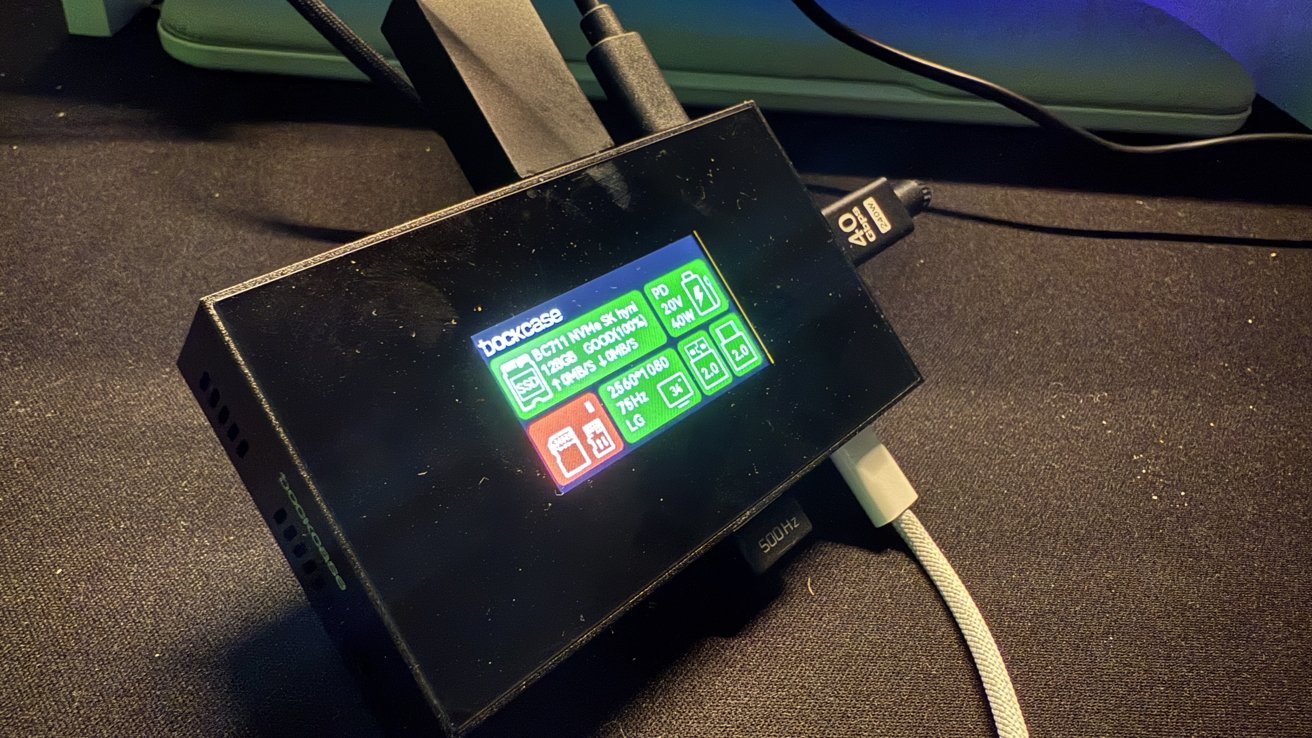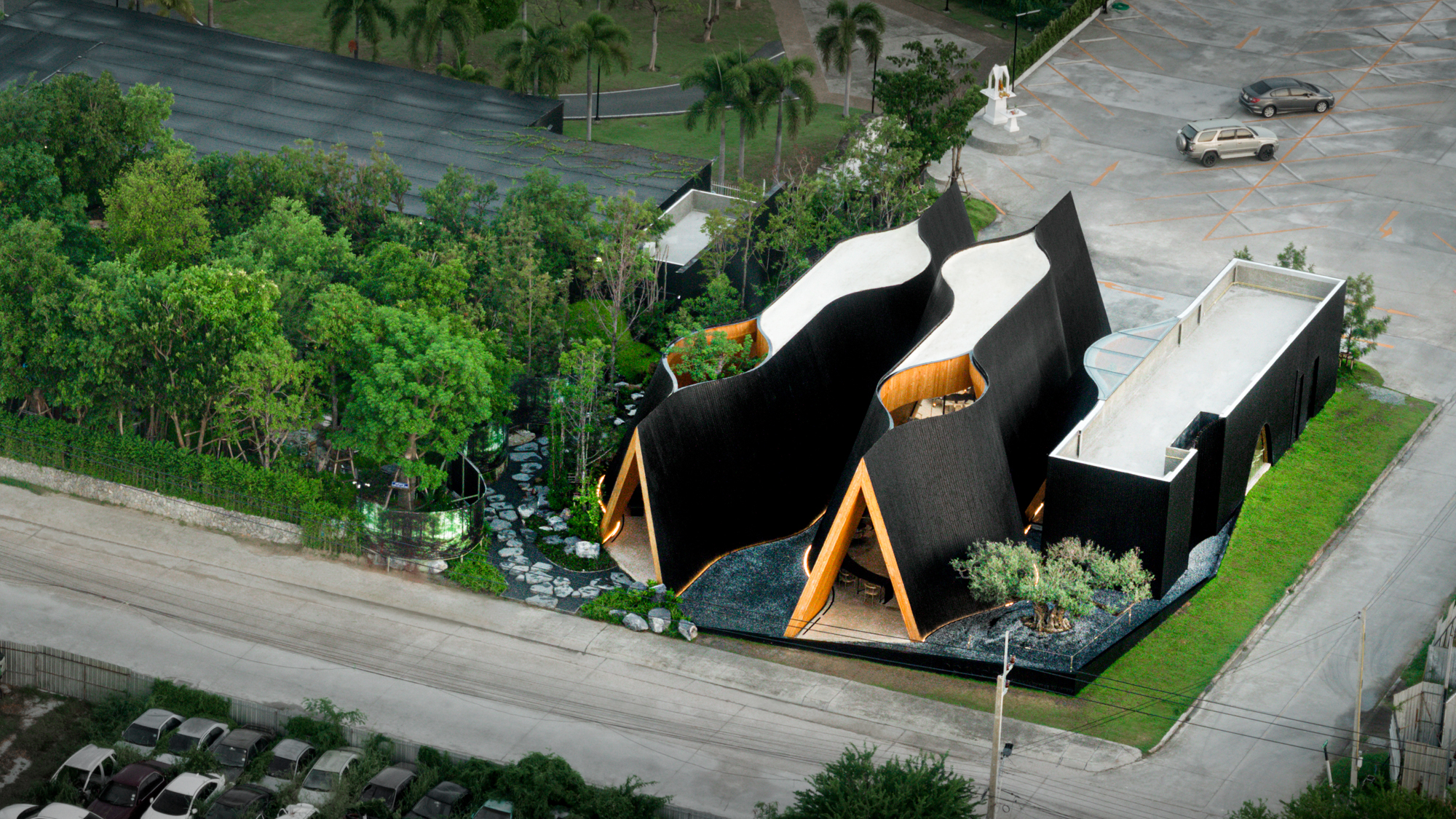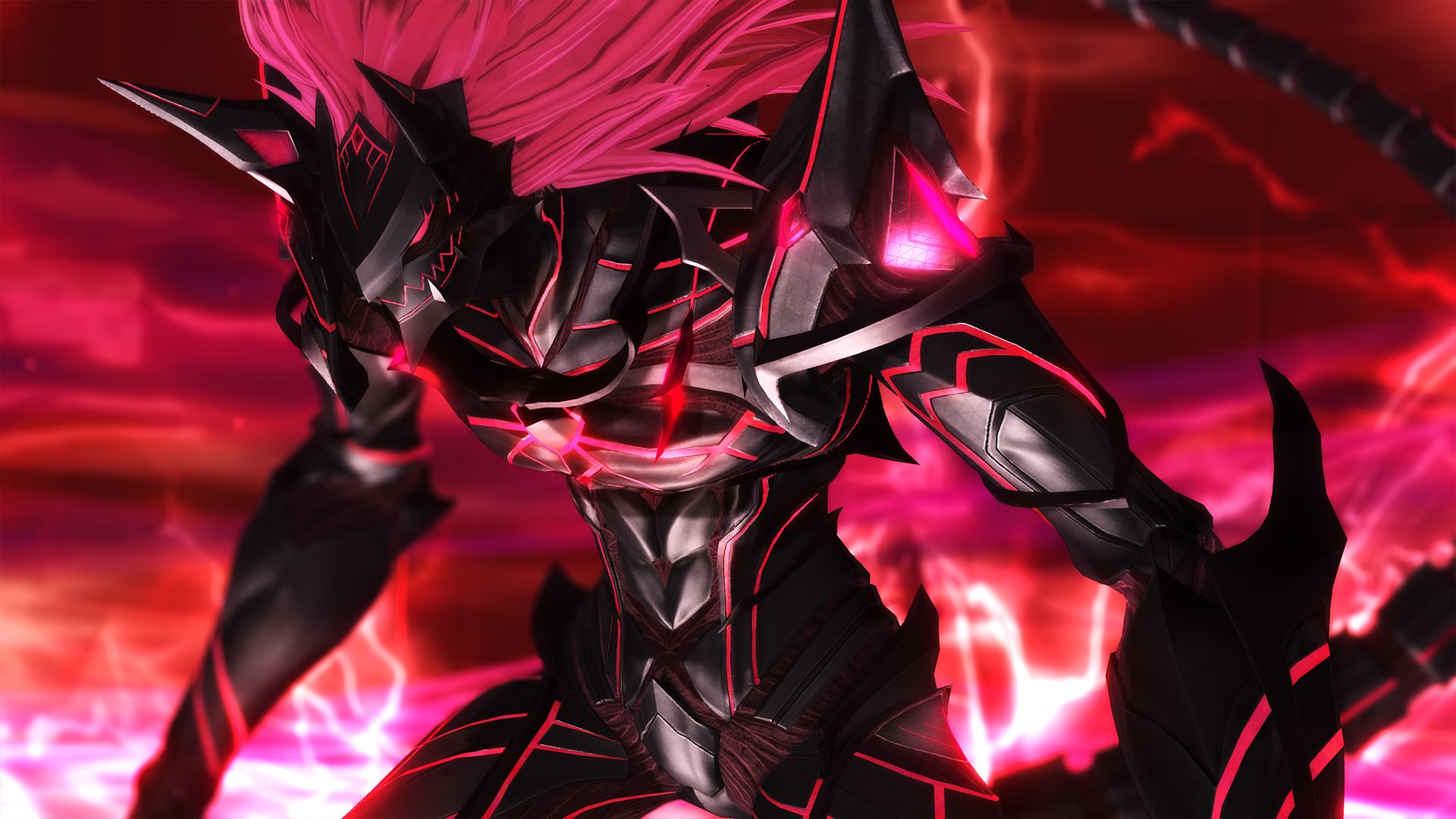
After Wednesday, the iPhone will never be the same
www.macworld.com
MacworldAll signs point to this being another big week for Apple. Thats unusual for February, generally a bleak and cold month for Cupertino watchers. Apple loves to launch in the spring, summer, and fall, but ever since Apple abandoned Macworld San Francisco, it generally hibernates during the winter months. Theres been precisely one February event in Apples history and that, inauspiciously, was the launch of the iPod Hi-Fi 19 Februaries ago.Of course, this weeks launch isnt an Apple event in the usual sense of hype and hyperbole, skits and specs, and bento grids showing off the new features. All we have to go on is a brief and cryptic tweet posted last week by Tim Cook: Get ready to meet the newest member of the family. Wednesday, February 19. #AppleLaunch Thats hashtag AppleLaunch, not hashtag AppleEvent as he tweeted last spring ahead of the Let Loose bash. Hashtag BigDifference.Rather than a weirdly early spring event, then, the newest member of Apples family will probably be announced via a press release and an update to the companys website. One of the companys lower-key launches, but still teased almost a week in advance. Its the same sort of canny compromisebuild anticipation, without raising expectations beyond what can be metthat we saw last year when Greg Joswiak advised us to Mac our calendars for a week of event-free announcement action. Is this a model for how Apple will launch more of its products in the future? Maybe.In any case, as with the week of Mac, the likely absence of a conventional press event should not be taken as an admission of insignificance. Were pretty sure, despite the AirTag-resembling artwork, that the family member in question is the latest iPhone SE (or 16e if one rumor proves to be correct), and as weve explained on numerous occasions, this is an important and valuable addition to the Cupertino ecosystemone that will change the iPhone lineup in major ways. In one sense it helps to close out a departing era, with the new handsets USB-C port likely to solve a big headache in the EU and marking the end of the Lightning port in the U.S. And in another, it helps to usher in a new one: Apple Intelligence on a sub-$500 phone would be something of a game-changer in driving the adoption of an AI platform thats playing a desperate game of catch-up and starting to limp.We dont know how much Apple will ask for the new SE. But if its anywhere close to the $429 previous model, we could be looking at a real bargain: a true budget phone we can recommend wholeheartedly. The 4th-gen SE is going to boast a killer set of specs, not because Apple is feeling generous, but because it needs the SE to support Apple Intelligence. So were looking at an A17 Pro chip and 8GB of RAM, minimum. On that level at least its going to be punching the same weight as an iPhone 15 Pro.Thats comparing the device to a phone that was state of the art as recently as late 2023. But compared to the 3rd-gen SE, which came out in early 2022 and was underwhelming even then, the SE 4 should be a massive step forward. Its screen will grow, lose the obstruction of a Home button, and see an upgrade from LCD (the last in Apples iPhone lineup) to OLED. The rear camera will get a lot more powerful (48MP is expected). The baseline storage is likely to jump from an inadequate 64GB to 128GB. We even think Apples long-awaited in-house 5G modem, bringing power and battery improvements, will make its debut on this phone, a solid six months before it lands on a flagship iPhone in the fall. For those whove been waiting three years for this update, it should represent an almost irresistible buy.For understandable reasons, Apple loves to talk about its top-end products. Theyre the ones its most proud of, and the ones most likely to win over Android or Windows waverers. A budget phone is never going to get the same red-carpet treatment as a flagship. But a substantive upgrade to the SE will affect far more people in far more profound ways than a redesign to the camera module on the iPhone 17 Pro. This is about raising the baseline offering and delivering a high standard of design and processing power to those who cant afford to pay silly money for a new smartphone every fall.Starting Wednesday, the clunky older iPhones still on the Apple Store will start to be phased out. Apple fans on a budget wont have to settle anymore; theyll be able to afford a phone with a relatively new design, top-notch components, and access to all the software features on the way in the next few years. This is huge. Event or no event, Im really excited.Unless, you know, it just turns out to be a new AirTag.FoundryWelcome to our weekly Apple Breakfast column, which includes all the Apple news you missed last week in a handy bite-sized roundup. We call it Apple Breakfast because we think it goes great with a Monday morning cup of coffee or tea, but its cool if you want to give it a read during lunch or dinner hours too.Trending: Top storiesCould it be that the era of the Apple event is over?Mahmoud Itani explains how a single Apple Watch alert changed his life.Apple Intelligences biggest problem isnt the Intelligenceits Apple.Apples magic robot lamp is coming to save us all, reports a cheerful Macalope.iCloud encryption explained: How secure is your data?Any case can protect your iPad. This one protects you when you die.You can get extra cash for your Mac trade-in until April 2.Podcast of the weekApples smallest products are actually some of the biggest in its lineup. The latest Macworld Podcast discusses the state of Apples AirPods lineup, the new Powerbeats Pro 2, and more.You can catch every episode of the Macworld Podcast onSpotify,Soundcloud, thePodcasts app, orour own site.Reviews cornerPowerbeats Pro 2 review: The best fitness earbuds groove to their own (heart) beat.Malwarebytes Free Antivirus review: Good at removing malware, but bugs dont help.Surfshark VPN review: A great option for families.Best antivirus for Mac 2025: Top security software compared.Best Mac cleaner software: Boost performance and disk space.The rumor millApples going to unveil the newest member of the family on February 19! (Our moneys on a new iPhone.)Talking of new iPhones Leak reveals iPhone 17 Pros bizarre redesigned camera module.2025 iPad Air: Everything you need to know about Apples next mid-range tablet.Apple research video offers a glimpse into its tabletop robot tech.Apple still chasing the AR glasses dream but fears another flop.Software updates, bugs, and problemsU.K. demands backdoor to Apples encrypted cloud storage, putting everyone at risk.iOS 18.3.1 released to fix extremely sophisticated security flaw.PSA: Apples latest updates turn on Apple Intelligence even if you had switched it off.U.S. iPhone users can no longer find the Gulf of Mexico on Apple Maps.And with that, were done for this weeks Apple Breakfast. If youd like to get regular roundups, sign up forour newsletters, including our new email from The Macalopean irreverent, humorous take on the latest news and rumors from a half-man, half-mythical Mac beast. You can also follow usonFacebook,Threads,Bluesky, orXfor discussion of breaking Apple news stories. See you next Monday, and stay Appley.
0 Comments
·0 Shares
·50 Views











